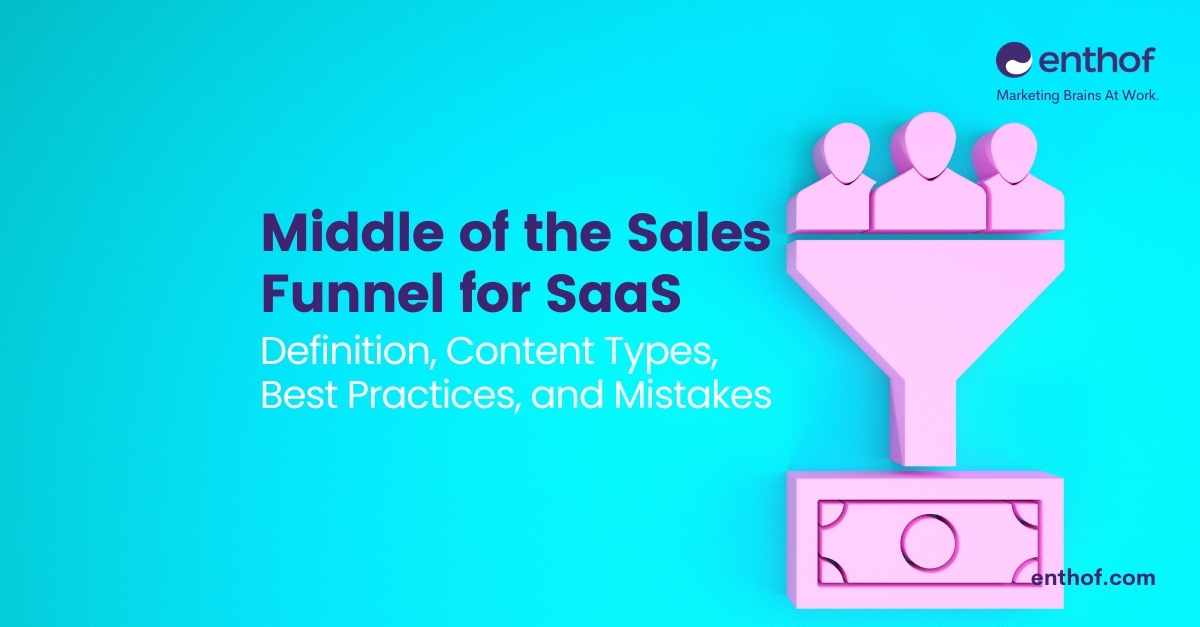How to Go Digital With Your Event
The current Covid epidemic has seriously damaged the environment of any type of event. With a third of the world’s population trapped between February and May 2020, event organizers found themselves in a situation where they were literally unable to get their jobs done and event marketing went wrong. As Europe is gradually phasing out containment measures today, it is possible that events will never be the same again and the creation of digital events will become the norm.
Health measures, social distance and teleworking are already underway and will probably be with us for a long time to come. With this new reality in mind, it is time to take full advantage of digital events. The question is, how do you really create a digital event? How do you set it up? promote it? Create a networking experience?
In order to answer these questions as effectively as possible, we decided to work with, OFCORES, a Belgian agency that specializes in event creation and event marketing. who had written a series of articles on the digitization of events to give you all the basics of your project. While this article will focus on the different types of digital events your business can launch, this is only part of creating digital events. In the next article, we’ll see how to market your event to reach your attendance goal.
Introduction
With travel restrictions, hygiene measures and the expansion of home working, it is time to face the design of digital events. You need to know that every event has different goals and we work with each customer to develop solutions that are tailored to their needs.
We believe that these are the advantages of organizing digital events:
- More accessible
- Increase visitor numbers
- Better retention rate
- Open the door to endless virtual experiences
- Offer economic and ecological advantages over more traditional event formats
Here are some examples of converting an event to digital format:
- Breakouts into virtual roundtables
- Live communication with virtual meet-ups 1: 1
- Keynotes in the live broadcast
- Coffee breaks for play opportunities
- Exhibitions for 3D virtual reality tours
- Meetings and panels are created in the form of a professional, studio-style TV presentation
We use a variety of technologies and social platforms to effectively revitalize your brand and increase audience engagement and inclusiveness.
Please see below for more information on different types of digital event formats.
Digital Event / Virtual Event
A virtual event is one where visitors experience all of the content online rather than in person.
For example, virtual conferences are held live on detailed agendas, including keynote speeches and breakout sessions.
Virtual event platforms use community interaction tools such as digital libraries, supplemental audio/video content, live Q&A, live polls, chats, interactive video networking meetings, mobile apps and more. The content of these events is flexible. They can be produced live or on request or in mix.
Online event platforms can be seamlessly integrated into registration systems and automatically capturing significant event data. This data can be used to measure and improve event performance in real time by determining the number of unique website visitors, views, questions, content download, attendance, posts, posts shared, and more.
Hybrid event
Hybrid events combine event between live and personal in-person with attendance components of digital audio presence.
For example, an individual’s business conference that hosts an in-person gathering of 20 to 100 people and livestreams its keynotes and sessions to a worldwide virtual audience is a hybrid event.
Hybrid events remain a general energy justified and maintains a simpler flow in personal panel discussions for speakers, with access to wider audiences much larger than hybrid events. Like virtual events, hybrid events are also useful event data, allowing flexible event experience for online resignation, reduced travel barriers, costs and obstacles.
The return on investment for the hybrid event has increased, when virtual access tickets are sold at a lower rate than those who cannot personally participate, as well as when the meeting recordings are repurposed for future marketing activities.
Virtual reality or 3D events
Virtual Reality (VR) is a completely computer generated Environment. Organizers need to create an computerized event space to host a VR event. Attendees wear VR headsets that pair with event planning software when they interact in this event world. So you can experience the atmosphere of the event as if you were there. Each guest is usually represented by an avatar, which enables them to interact with other participants and move 360-degree and 3D immersive in real time.
While the 3D event is less appealing, you don’t need a virtual reality headset for it. Such events are also created by developing an automated function room and creating an avatar for the attendees, but a 3D event is run on a computer screen. Therefore, 3D events are more attractive than live video streaming. However, they do not go so far that the viewer feels physically present in the room like a virtual reality headset.
VR and 3D events improve the experience of the participants in the remote event and allow the participants to move as avatars in the real event space and to interact more realistically with others. In such an environment, participants are less likely to be tempted by external distractions and become more involved in the practice.
Conclusion
While this article will focus on the different types of digital events your business can launch, this is only part of creating digital events. Our next article will show you how to market your event to achieve your goal.
In the meantime, just contact Enthof to host virtual, hybrid, VR or other online events. We’ll help you reach your audience with impactful experiences – wherever the audience is.




